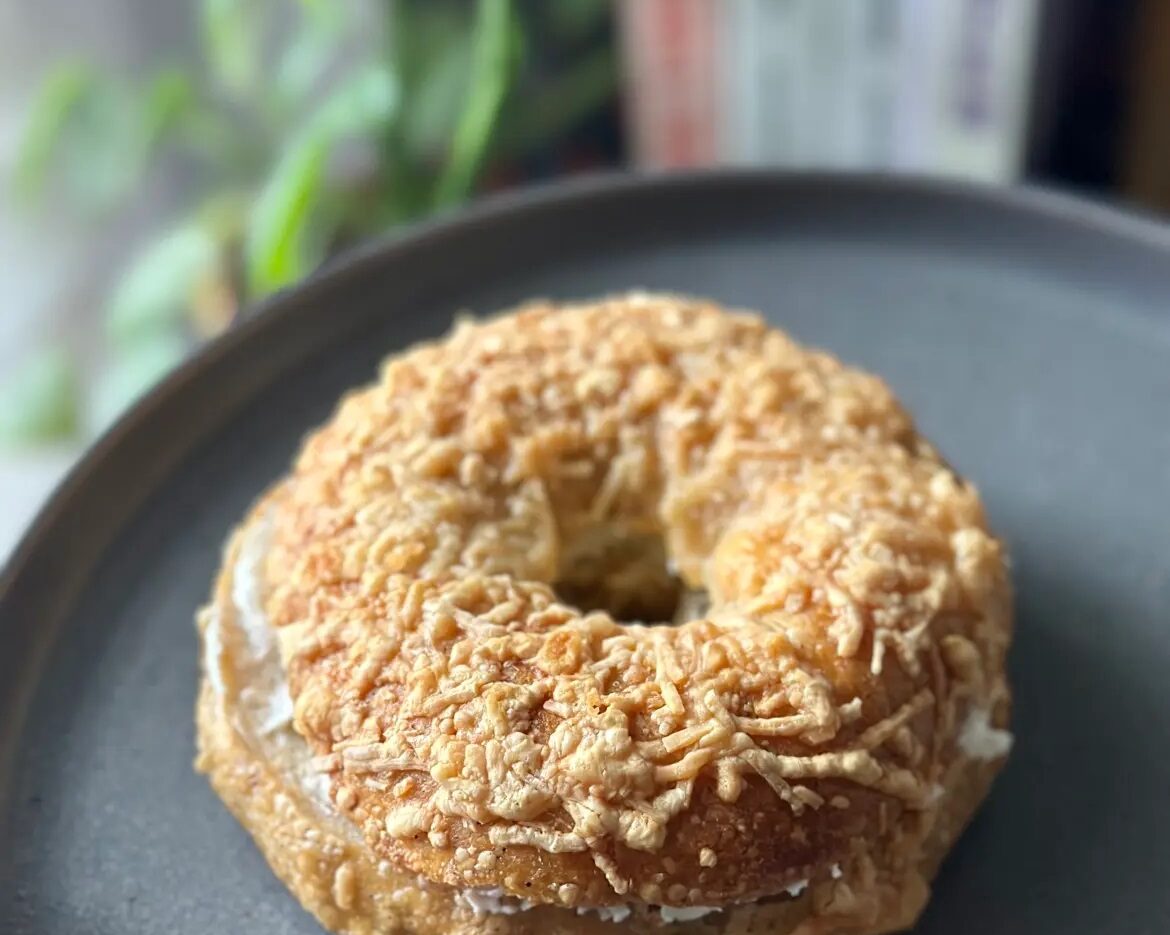 BY ED FELIEN
BY ED FELIEN
The first Christmas dinner I can remember is when I was 7 years old. It was in 1945. We drove over to Aunt Beda’s house in North Minneapolis in a 1935 Dodge sedan. She was the matriarch of the family. She raised my dad, his two sisters, Edith and Alice, and his brother Lester. It was a grand event and one of the few times in the year when all my dad’s family could get together. There were candles on the table, fine linen and the best china. The candlelight made the crystal glasses sparkle.
Uncle Lester was my hero. He was on leave from the Navy. He was an airplane mechanic stationed at Guantanamo Naval Base in Cuba. He had just a little rocking swagger to his walk. He talked about fixing planes and seeing them fly. I can remember a picture of me taken about this time saluting the camera in a sailor uniform. And I remember being thrilled reading “Don Winslow and the Navy.”
Dinner was very traditionally American: turkey, potatoes, green beans, sweet potatoes, sweet caramel rolls, pies—but there were also Swedish cookies: spritz, pepparkarkor (ginger cookies), rosettes, Swedish almond cookies, sandkaker, sand cookies, sugar cookies, kringler (cookie rings), drommar (dreams) and mazariner (mazarins). My favorite were the struvor, rosettes with powdered sugar made with a branding iron pressed down on flour boiling in lard and then covered in powdered sugar. These puffy, thin pastries seemed like clouds when you ate them. But the biggest treat, the dish that defined most Swedish immigrant dinners, was warm rice pudding with raisins and cream. There was lutefisk, but hardly anyone ate it, but everyone ate as much as they could of the rice pudding.
After dinner the women would clear the table and clean the dishes, and the men would go down in the basement with Uncle Anton to the coal bin where he had set up chairs. Aunt Beda was an Evangelical Lutheran and leader of the Broadway Tabernacle Christian Youth Group. She didn’t allow drinking or smoking in the house, but on this special occasion she did allow the men to smoke downstairs in the coal bin. It certainly added to the exotic and forbidden allure of tobacco for me. I don’t remember what the men talked about, but I knew that this was where they agreed on common values. This was the time when the men spoke passionately and with strong language about what they believed and how they would go forward. It was a kind of religious moment for me, my first taste of the seriousness of adulthood, being admitted to the fellowship of men, baptized by tobacco smoke in a coal bin.






















